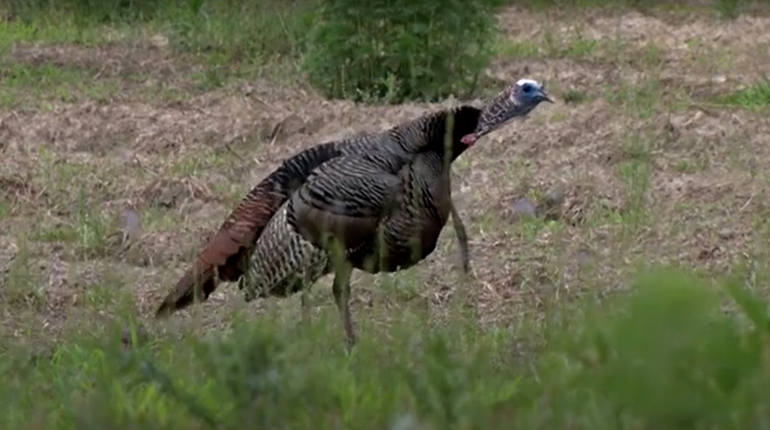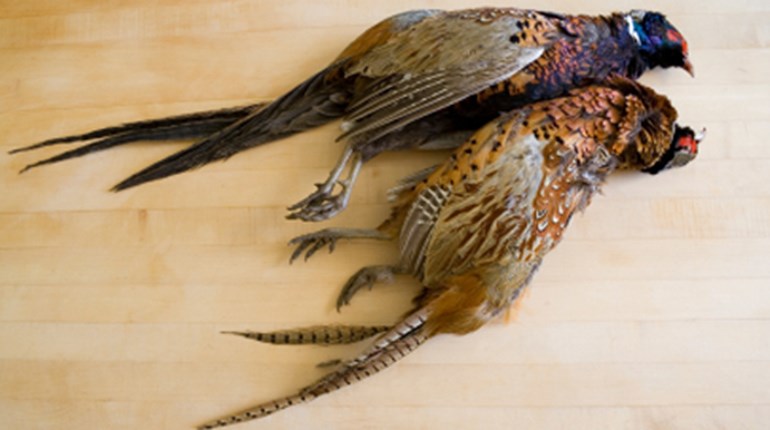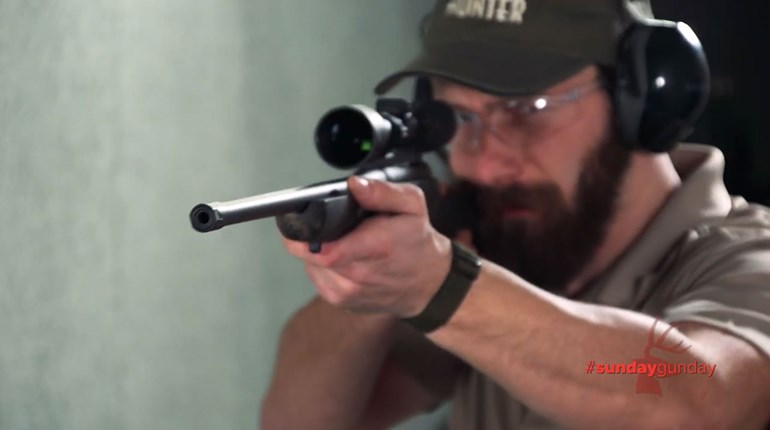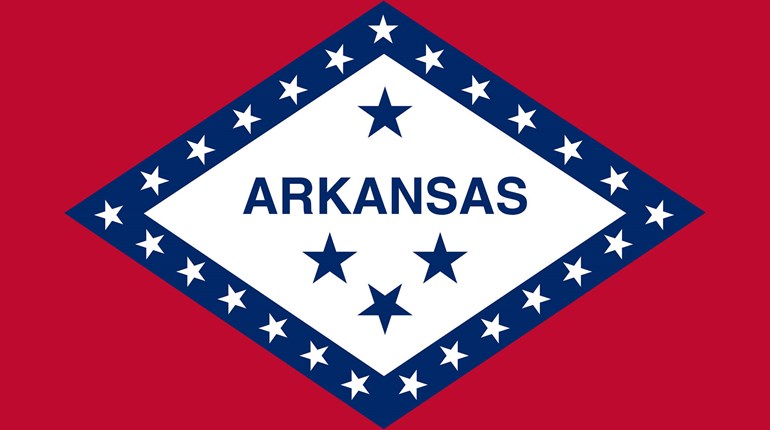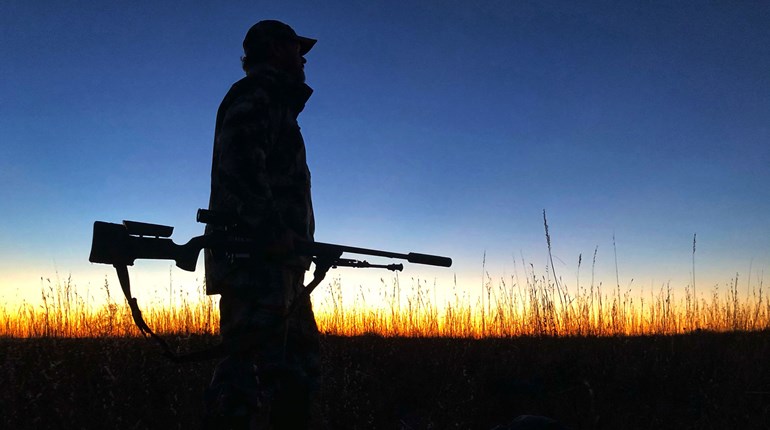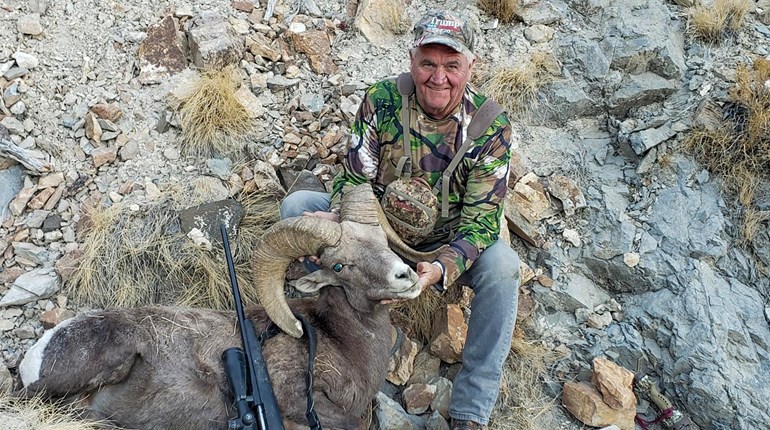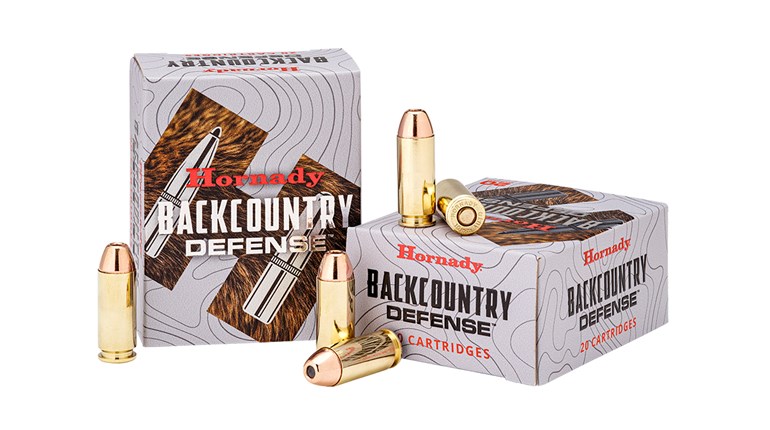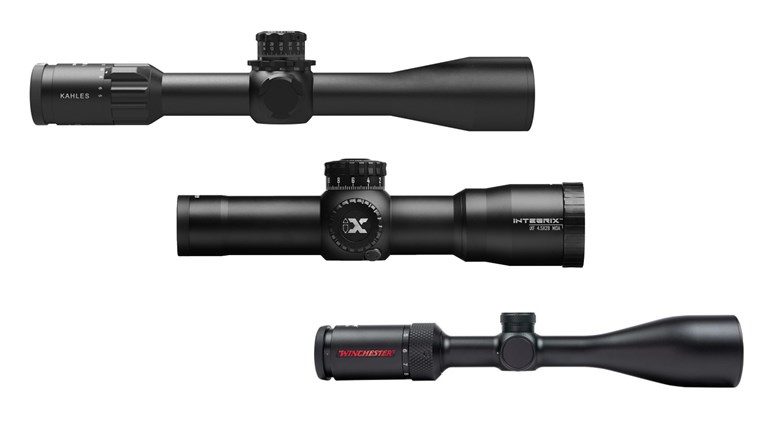
4/6/2011
The host and creative force behind "Realtree Road Trips" and "Michael Waddell’s Bone Collector" television shows, Michael Waddell is seen by many as one of today’s most hardcore big antler hunters on the scene. But the truth is, Waddell is every bit as hardcore, if not more so, about chasing wild turkeys in the spring.
“This might surprise a lot of you, but if I was forced to pick just one thing that I was allowed to hunt, it would have to be a turkey,” Waddell recently wrote. Over the years, he has developed a go-get-’em style of hunting that makes for a lot of successful turkey hunts. He offers the following advice for those hunters looking to regularly fill their turkey tags.
Focus on Calling
“Anybody can go out there now and then and kill a turkey, just like I did when I killed that first jake,” says Waddell. “The key is to be successful on a regular basis. That’s what makes a great turkey hunter.” At the foundation of that effort is the ability to call and properly mimic the sound of an actual turkey.
“The number one thing I am asked at seminars or when I travel to shows is how can I get better at using a mouth call. Everyone wants to be great at mouth calling,” says Waddell, who used to also be a competitive turkey caller. He suggests that newcomers to the sport put the mouth calls aside to start and instead focus on perfecting turkey calls on some type of friction call, whether it be a box call, pot-and peg (commonly referred to as a slate though they can be made with a variety of materials these days) or other designs.
“Imagine the sound of an old rusty wheel turning. It makes a high sound then a low one and keeps repeating those two notes over and over. That is the same cadence of your basic yelp,” says Waddell. Once a hunter can produce perfect yelps each time from his call, then he can move on to trying to make cutts, purrs, fly-down cackles and other turkey sounds.
Then and only then should a hunter pick the mouth calls back up and start working with them.
“If you can make your mouth call sound like your friction calls you will be able to make good calls that will bring a turkey to the gun,” he says.
Reading a Bird
One of the most important skills a hunter needs to develop is an ability to read a bird, or as Waddell puts it, “take its temperature,” in order to determine what calling approach to use to bring it in.
“I wish I could just say some magic words that would help a guy know what to do in every situation, but this one is a little harder. It really just comes with hunting experience and requires you to develop good gut instincts,” says Waddell. The trick is ultimately determining whether a bird should be called to a lot or a little.
Call a lot and some excited gobblers will charge right in, barely giving a hunter time to set up, while others may simply hang up and strut, waiting for what he believes to be an excited hen to come to him. Likewise, call just once or twice and get a bird to gobble and the longbeard might stroll in searching for the hen. Others will lose interest and wander off. So what’s a hunter to do?
“Because this is a skill every hunter has to develop for himself over time, pay attention to what happens every time you work a bird,” Waddell says. “Particularly note how the turkey responded to your calls. Did he gobble right back after you’d call? Did he move in your direction at all when you called? And pay attention to how much you called throughout the sequence as well.”
When hunting Merriam’s and Rio’s out West, Waddell has found they can tolerate a lot more calling than Eastern birds.
“I won’t let them off the hook,” he says. “I keep hitting them with calls to keep them fired up.” Easterns, which typically endure more hunting pressure, are a different story.
Rules of thumb: When a bird gobbles right back at your first call, determine where he is, set up and call again. If he has closed distance between you, hold off before calling again. If he gobbles on his own and has come closer, he’s looking for you. Stay quiet and let him keep coming. If he’s hung up or seems off track, give him another yelp.
If a bird goes quiet, but suddenly responds to your call, get loud. Fire the bird up and keep the calls going until the turkey is near.
Get Close
A lot of hunters will hear a turkey gobble and quickly sit down right where they are, but this might not be the smartest thing to do.
“If I strike a turkey and the turkey gobbles right off and he is still 300 yards out, I will keep calling and steadily walk right to him, pushing it as close as I can,” says Waddell. He stresses to keep safety in mind at all times and only attempt this when hunting land only you are on. Even then, never try to stalk up into gun range of a turkey.
“The closer you can set up on a hot turkey, the better your odds are at killing them,” he says. “Use the woods to your advantage, walk and close the distance using cut banks, trees, prickly pears, ponderosa pines, anything in the terrain that can keep you hidden. The closer you get to that bird, the better your odds are at getting it to close the final distance to you.”
Gobbler Decoy
Waddell’s final bit of advice is for those hunters who have yet to try today’s popular gobbler decoys, particularly when dealing with henned up birds that have little interest in coming to hen calls.
“I never leave home without a good gobbler decoy,” he says. “When you get henned up gobblers, sometimes the only thing that will bring him in is a need to enforce his dominance. A strutting jake or longbeard will often trigger that reaction. That is about the only chance you've got in those situations of pulling in a henned up turkey.”
His favorite is one he endorses from Flextone, called the Thunder Chicken. He admits, he rarely ever uses hen decoys anymore.
“What I don’t like about a hen decoy is that a turkey might start strutting for it and hang up waiting for that hen to come to him,” says the hunter. “If I’m going to use a hen decoy, I’m going to set it up within five or ten yards of me so if that gobbler hangs up, he’s most likely already in range of my shotgun.”













